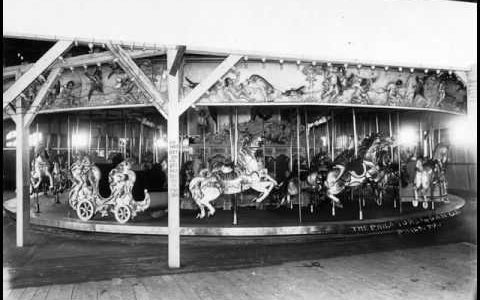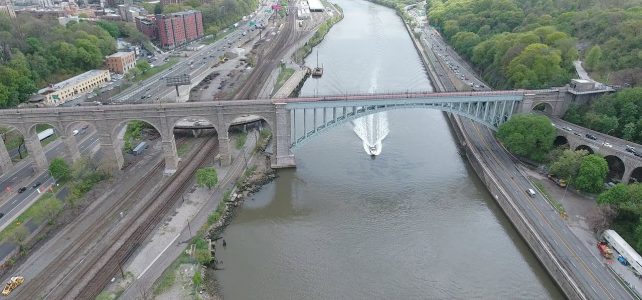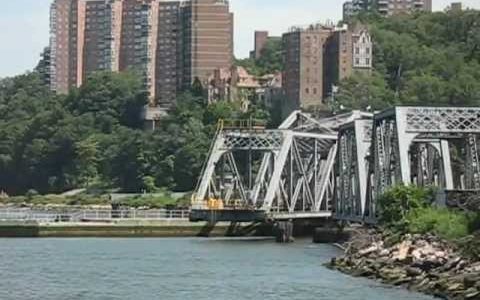Overlooking the Harlem River there was an amusement park that Washington Heights and Inwood called its own. The Fort George Amusement Park was opened in 1895 and was located in what is now the northernmost end of Highbridge Park, between
Fort George Amusement Park







